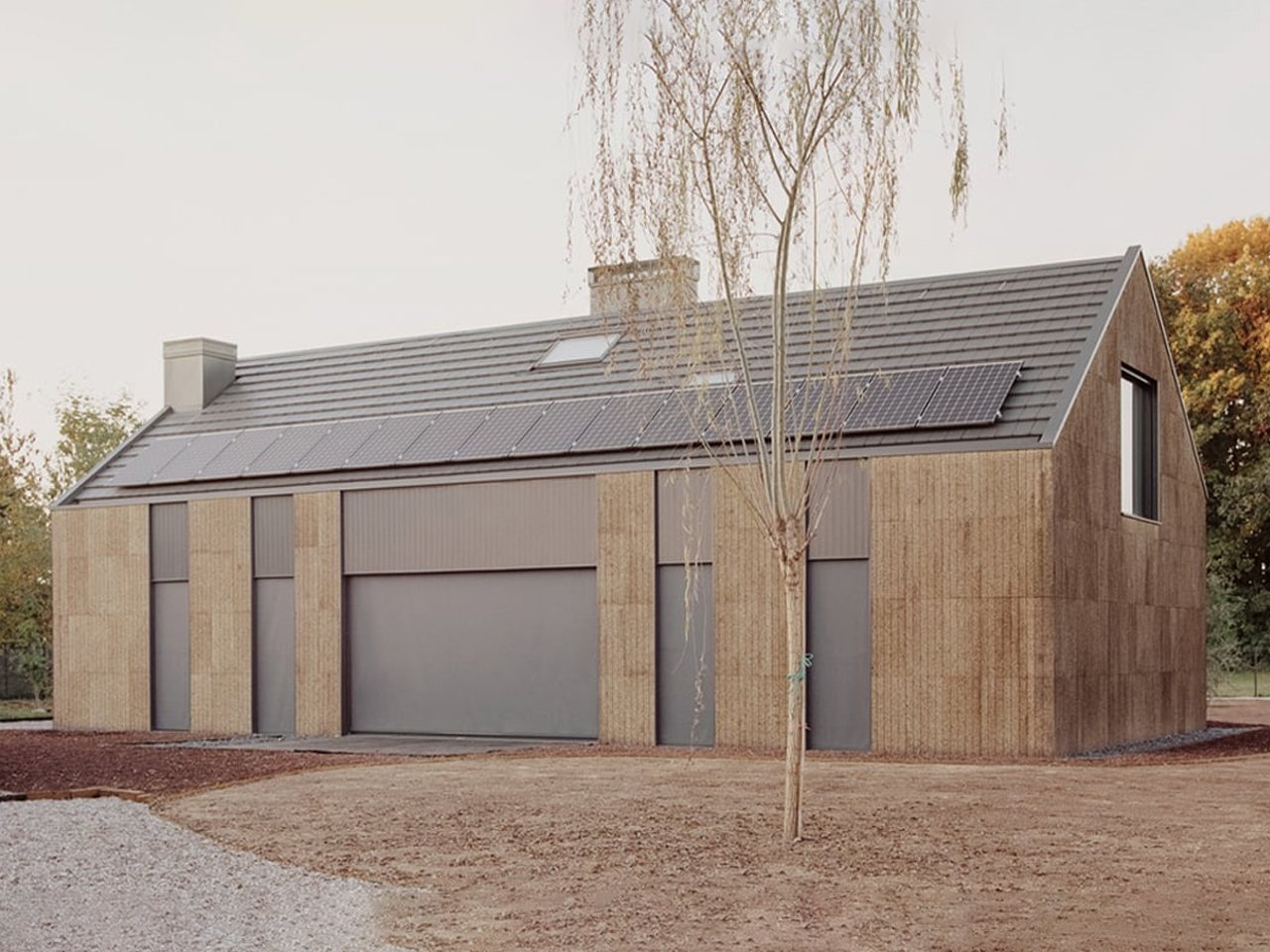Top Energy Efficiency Strategies in Buildings: Innovations for a Greener Future

```html
Creating Energy-Efficient Buildings: A Blueprint for Sustainable Living
The Importance of Energy Efficiency
In a world grappling with the increasingly evident impacts of climate change, energy-efficient buildings have emerged as a vital tool for reducing carbon emissions and fostering a more sustainable future. These structures are designed to minimize energy loss, providing enhanced comfort while significantly reducing electricity consumption. The benefits extend beyond individual buildings, contributing to a greener, healthier planet for all.
Energy-efficient buildings not only lower heating and cooling costs but also play a crucial role in reducing greenhouse gas emissions and promoting sustainable living. By lessening our reliance on fossil fuels and conserving natural resources, these structures create comfortable indoor environments that enhance occupant well-being and contribute to a more resilient future.
Designing with Climate in Mind
Efficient climate-responsive design lies at the heart of sustainable architecture. This approach utilizes natural elements—sunlight, wind, and shade—to minimize a building's dependence on artificial climate control. Imagine buildings strategically positioned to capture natural light while minimizing unwanted heat gain, employing reflective materials and smart insulation to further enhance energy efficiency.
This thoughtful design process not only reduces operational costs but also creates a more natural and regulated indoor climate, improving occupant comfort and health. Moreover, using materials like insulated bricks, which naturally regulate temperature, minimizes heat loss in colder months and reduces heat gain in warmer periods, enhancing the building's adaptability to its environment.
Take, for instance, the Bjarke Ingels Group's (BIG) headquarters in Copenhagen. This innovative structure, built with carbon-reducing concrete, incorporates a flowing design that maximizes natural light and utilizes a geothermal system for heating and cooling. Surrounding greenery and a rooftop terrace further enhance the building's sustainable profile.
Harnessing the Power of Renewables
Integrating renewable energy sources is a key step in reducing a building’s carbon footprint. Solar panels, for example, offer a potent solution for generating electricity and heating water, cutting reliance on non-renewable sources. By embracing the sun's inexhaustible power, buildings become self-reliant and energy-efficient, driving eco-friendly urban development.
Photovoltaic (PV) and thermal solar panels provide versatile options for both electricity generation and water heating, their efficiency amplified when combined with passive solar design strategies. The push towards renewable energy not only supports environmental goals but also aligns with economic incentives, making sustainable living more attainable.
The PowerHYDE housing model exemplifies the potential of net-zero architecture. These solar-powered homes, designed for low-income communities, generate their own energy, collect rainwater, and even allow for food cultivation, empowering individuals to live sustainably while reducing emissions.
Building with Sustainable Solutions
Sustainable building solutions emphasize environmentally friendly materials and practices to minimize construction's ecological impact. Natural materials like bamboo, cork, and rammed earth offer both durability and sustainability, reducing the carbon footprint while enhancing insulation and supporting regional economies through local sourcing.
Window selection plays a crucial role in energy efficiency. Double- or triple-glazed windows with low-E coatings optimize insulation, minimizing heat exchange with the outside. Green roofs further enhance sustainability by providing natural insulation, reducing urban heat island effects, and promoting biodiversity. Water conservation measures, such as low-flow fixtures, contribute to a more sustainable approach without sacrificing performance.
The House of Wood, Straw, and Cork in Italy showcases the beauty of sustainable construction. This innovative farmhouse utilizes a prefabricated timber frame, cork insulation, and repurposed rice straw, embodying a harmonious blend of traditional architecture and eco-friendly materials.
Reducing Energy Costs Through Smart Choices
Reducing energy costs hinges on strategic decisions regarding appliances and systems. Choosing energy-efficient appliances with high Energy Star ratings lowers electricity consumption without compromising performance. Switching to LED lighting dramatically reduces energy use while providing equal brightness.
Regular HVAC maintenance, including cleaning filters and sealing air leaks, prevents the system from overworking and conserves energy. These simple yet effective measures contribute to substantial energy savings and extend the lifespan of building systems.
Consider the evaCHILL, a compact, portable air cooler that exemplifies energy efficiency. Using evaporative cooling, it consumes significantly less energy than traditional air conditioning while providing effective personal cooling, showcasing a cost-effective and innovative approach to reducing energy bills.
A Sustainable Future Built on Efficiency
As we face the challenges of a warming planet and a growing population, optimizing energy efficiency in buildings is paramount. By implementing strategies like climate-responsive design, harnessing renewable energy, and adopting sustainable materials, we can create buildings that are not only environmentally responsible but also comfortable and cost-effective.
These efforts represent a collective investment in a more sustainable future, promoting eco-friendly living, inspiring innovation in construction, and ultimately contributing to healthier communities and a more resilient planet.